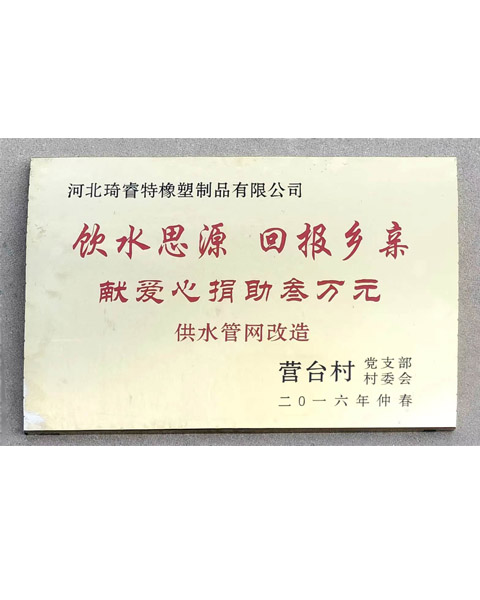air pipe connector types
Understanding Air Pipe Connector Types
Air pipe connectors are essential components in the realm of pneumatic systems, playing a crucial role in the effective transmission of compressed air through various machinery and equipment. As industries rely heavily on pneumatic tools and processes, understanding the different types of air pipe connectors is fundamental for maintaining efficiency, safety, and performance in any pneumatic system.
Types of Air Pipe Connectors
Air pipe connectors come in several varieties, each designed for specific applications and functionalities. Let’s delve into the most common types
1. Quick Connectors Often used in a range of applications, quick connectors allow for the easy and rapid connection and disconnection of air lines. These connectors are invaluable in environments where tools and equipment need to be frequently changed, as they provide a secure connection without the need for additional tools. Quick connectors typically come in two forms push-to-connect and pull-back types.
2. Barbed Connectors Barbed connectors, featuring raised ridges along a pipe, are designed to hold securely within a hose or pipe, providing a tight seal that prevents air leaks. These connectors are particularly popular in low-pressure applications where flexibility and quick assembly are priorities. They come in various sizes and materials, making them versatile for different project requirements.
3. Threaded Connectors Threaded connectors establish a mechanical connection through screw threads. These are robust and provide a strong seal, making them suitable for high-pressure applications. Typically made from metal (like brass or stainless steel), they are often used for more permanent installations where the joints are not expected to be frequently disconnected.
air pipe connector types

4. Solenoid Connectors Designed for control applications, solenoid connectors are used in conjunction with solenoid valves to regulate air flow in a system. They allow for the automatic operation of equipment by controlling the on/off state of pneumatic devices, making them crucial for automated systems.
5. Flanged Connectors Flanged connectors provide a strong, leak-proof connection through a flat surface that is bolted together. These are often used in ducting systems or large pneumatic assemblies, where high volumes of air are transferred and robustness is required.
Selecting the Right Connector
Choosing the right type of air pipe connector depends on multiple factors, including the application’s specific needs, the pressure and temperature of the air being moved, and the materials involved. It is crucial to consider
- Pressure Rating Ensure that the selected connector can handle the operational pressure of the system to prevent failures. - Material Compatibility Make sure the connector’s material is suitable for the medium (including considering corrosion resistance if the air contains moisture or contaminants). - Ease of Use Depending on the frequency of connection and disconnection, opt for connectors that provide convenience—quick connectors might be ideal for frequent changes, while threaded ones suit permanent applications.
Conclusion
Understanding air pipe connector types is vital for anyone involved in the design, installation, or maintenance of pneumatic systems. The right choice can enhance operational efficiency, minimize downtime, and ensure safety. With various options available—ranging from quick connectors to flanged connectors—careful consideration and knowledge of the specific applications will lead to more successful and reliable pneumatic operations. Whether you are upgrading an existing system or designing a new one, always remember that the connectors you choose are more than just fittings; they are the lifeline of your pneumatic system.
-
Ultimate Spiral Protection for Hoses & CablesNewsJun.26,2025
-
The Ultimate Quick-Connect Solutions for Every NeedNewsJun.26,2025
-
SAE J1401 Brake Hose: Reliable Choice for Safe BrakingNewsJun.26,2025
-
Reliable J2064 A/C Hoses for Real-World Cooling NeedsNewsJun.26,2025
-
Heavy-Duty Sewer Jetting Hoses Built to LastNewsJun.26,2025
-
Fix Power Steering Tube Leaks Fast – Durable & Affordable SolutionNewsJun.26,2025

